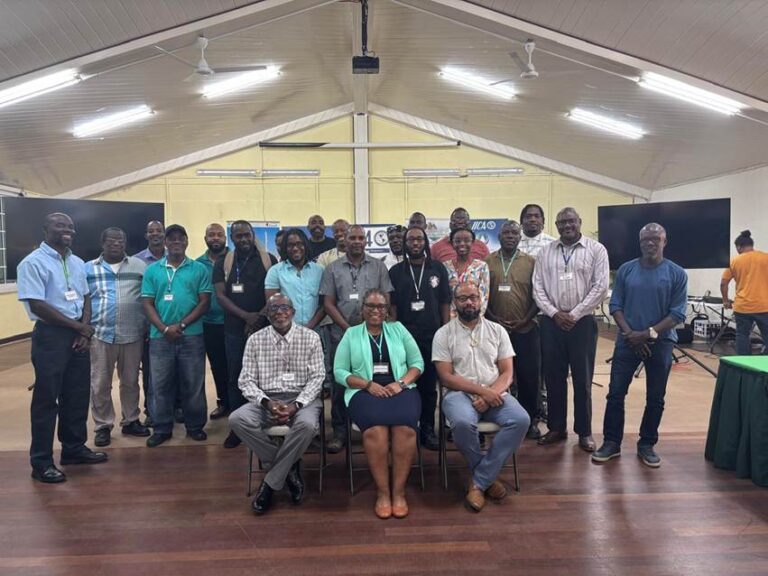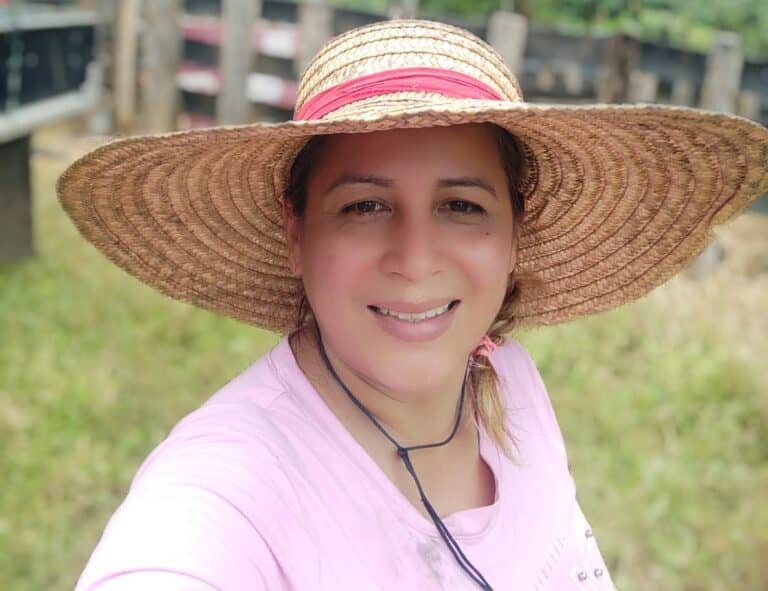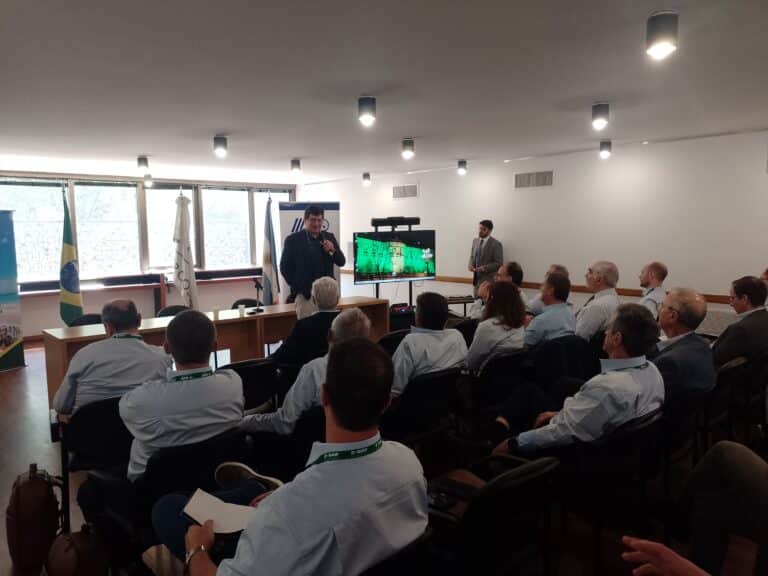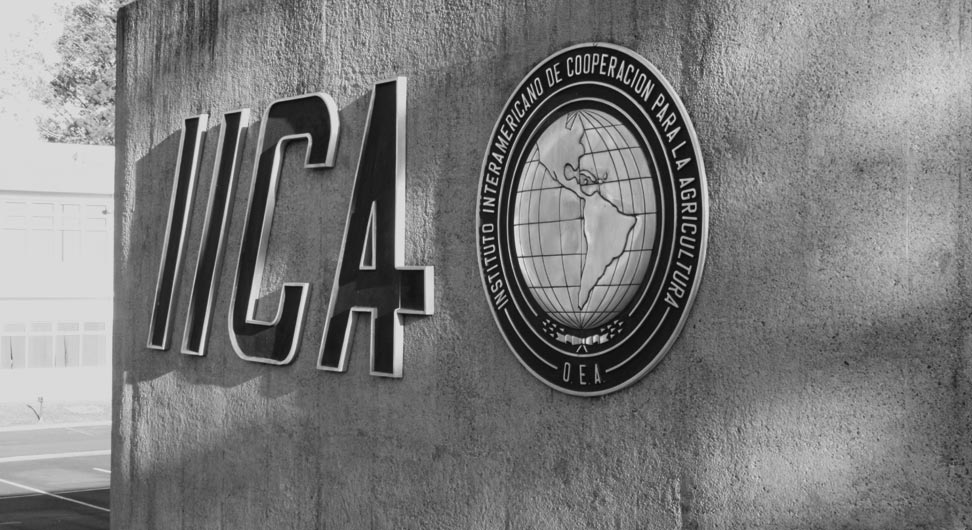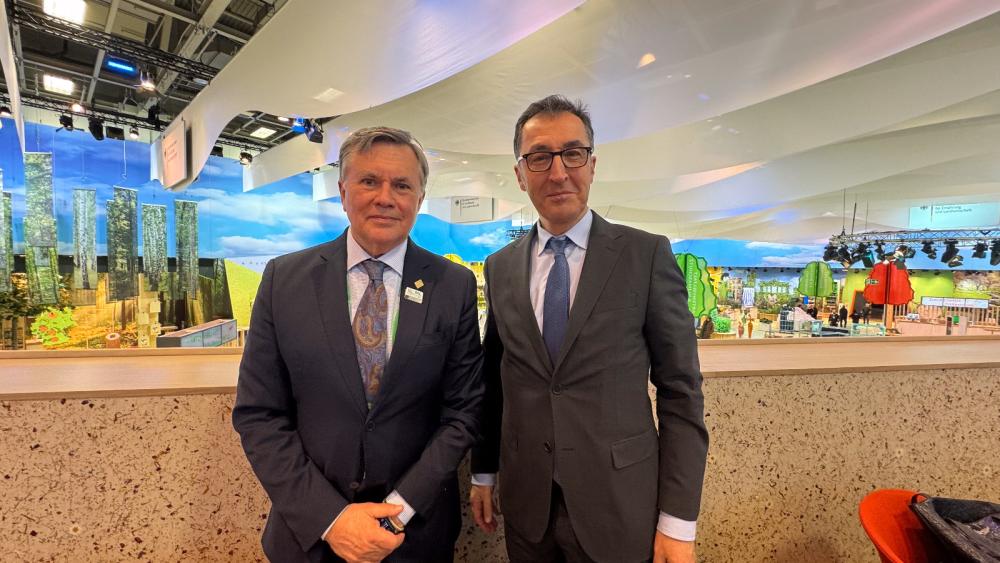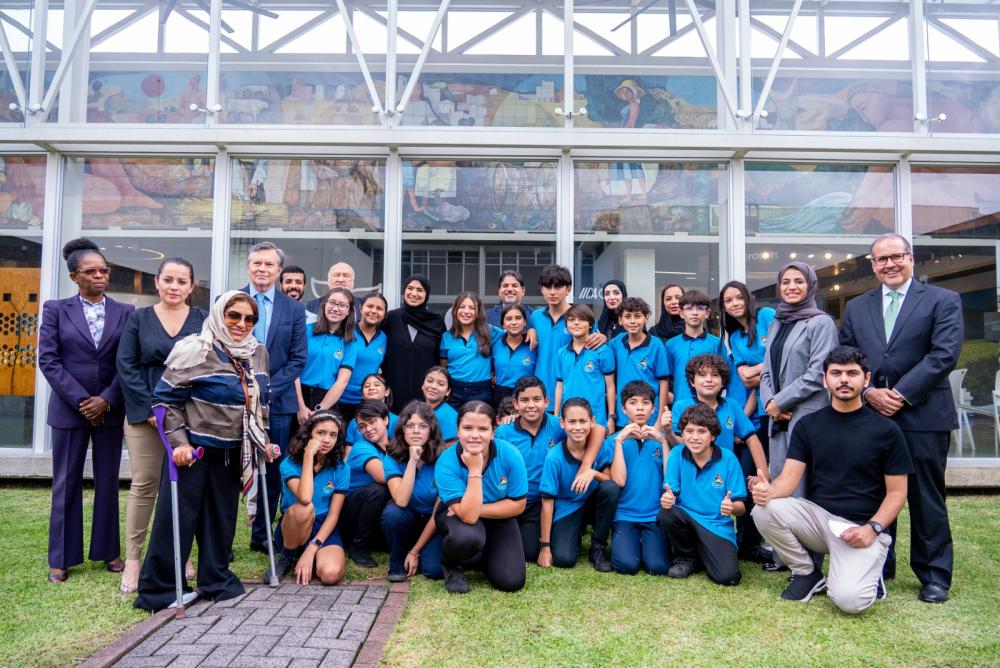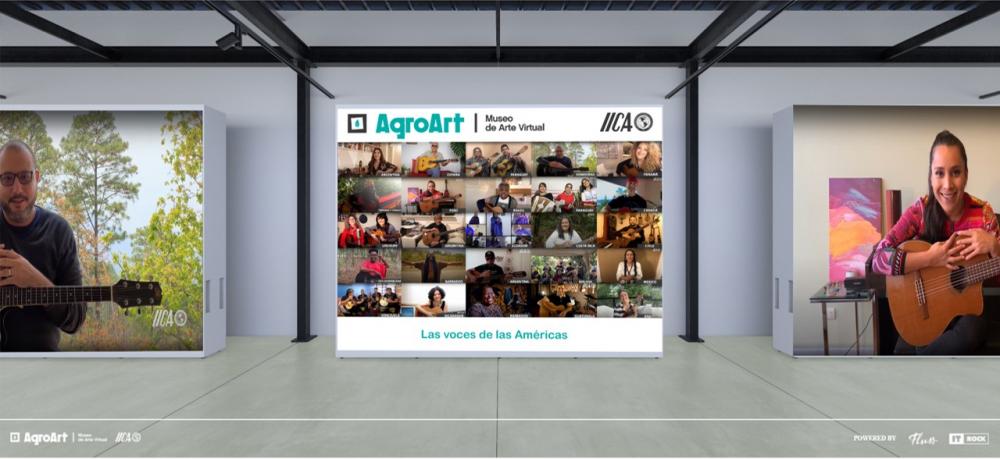The aim is to avoid the duplication of efforts and address the countries’ priorities more effectively.

San Salvador, July 7, 2015 (IICA). Leaders of international cooperation and regional integration agencies, as well as cooperating States, are meeting in El Salvador to align their actions in the field of agricultural health and food safety, and establish synergies that will enable them to achieve better results in Central America.
From July 7-8 in San Salvador, each organization and cooperating country will be presenting the main national and regional initiatives in which they are engaged, with a view to devising a plan for action and follow-up encompassing all their efforts.
The Director General of the Inter-American Institute for Cooperation on Agriculture (IICA), Víctor M. Villalobos, underscored the need to promote, complement and prioritize actions that will make it possible to implement an effective work plan.
“This meeting marks the beginning of an innovative process that will enable us to work proactively to obtain impactful results in the countries, through effective, high-quality technical cooperation actions,” Villalobos remarked.
“We intend to focus on drafting a coordinated work plan that optimizes the use of technical and financial resources on behalf of the countries of Central America,” he added.
The meeting was organized by the International Regional Organization for Plant Protection and Animal Health (OIRSA), in coordination with IICA, the General Secretariat of the Central American Integration System (SICA) and the Executive Secretariat of the Central American Agricultural Council (CAC).
In addition to representatives of the entities mentioned, the participants include the United Nations Food and Agriculture Organization (FAO), the Tropical Agriculture Research and Higher Education Center (CATIE), the World Organization for Animal Health (OIE), the Pan American Health Organization (PAHO), the Inter-American Development Bank (IDB), the United States Agency for International Development (USAID), the European Union (EU), and Deutsche Gesellschaft für Internationale Zusammenarbeit (GIZ).
More information:
evangelina.beltran@iica.int

